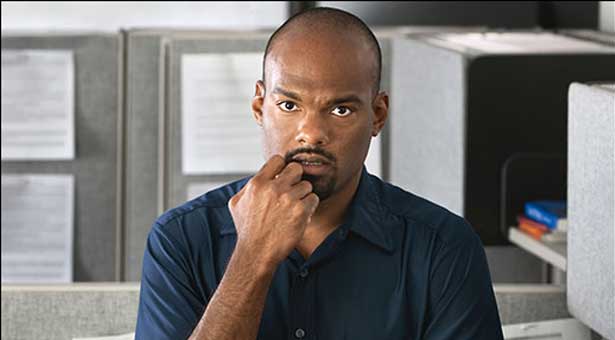Am I at risk?
A new report from the Centers for Disease Control and Prevention (CDC) in Atlanta shows that only half (49.5 percent) of gay and bisexual men diagnosed with HIV in the U.S. are getting treatment for their infection. And of that number, only 42 percent have achieved viral suppression—a validation that their virus is under control at a level that helps keep them healthy while also significantly reducing their chances of transmitting HIV to others.
And although these low numbers raise concerns across the entire MSM community, statistics for Black MSM (Men Sleeping with Men)—particularly young Black men—prove to be even more alarming.
While white and Latino MSM diagnosed with HIV achieved viral suppression at 43.9 and 43.5 percent respectively, only 37 percent of Black MSM achieved it.
In comparisons of the overall statistics for young gay and bisexual men (ages 18-24) diagnosed with HIV, a disappointing 25.9 percent had achieved viral suppression—suggesting even lower numbers for young Black men in this demographic.
“It’s unacceptable that treatment, one of our most powerful tools for protecting people’s health and preventing new HIV infections, is reaching only a fraction of gay men who need it,” said Jonathan Mermin, M.D., MPH, director of the CDC’s National Center for HIV/AIDS, Viral Hepatitis, STD, and Tuberculosis Prevention. “A top prevention priority at CDC is making sure every gay man with HIV knows his status and receives ongoing medical care. Otherwise, we will never tackle the HIV epidemic in the country.”
Overall, the new data demonstrate that racial disparities within HIV care and treatment play a crucial role in the disproportionate burden of new infections among young and Black MSM. The already staggering percentages of HIV within these communities, combined with low viral-suppression rates, ultimately place these populations at a higher risk of infection with each sexual encounter.
“It’s a complete and absolute disappointment that in 2014, Black gay men still pose as the troublesome face of HIV,” says S.B. Stubbs, an M.D.-Ph.D. student at Vanderbilt University. Stubbs—who identifies as Black and gay—believes that the recent CDC findings speak not only to the insufficiencies within health care and treatment for Black MSM infected with HIV but also to the marginalization of LGBT participation within the Black community. “Honestly, the Black community has not done enough to actively include our LGBT members within the HIV-awareness dialogue. . . . The constant avoidance is part of a long-standing cultural stigma that is only crippling everyone because of it.”
“I’ve had two friends in the past year become infected in Philly, so unfortunately I’m not too surprised by the recent statistics,” says Marcus Henderson. Henderson, who has participated in various minority HIV outreach programs at LGBT youth centers across Philadelphia, believes that better targeting resources can help eradicate the growing numbers. “The Black kids that look at these fliers feel as though HIV doesn’t apply to them—only the ‘old nasty men,’” he says. “The CDC and other groups can do a better job reaching out to the youth, who are unknowingly becoming the biggest carriers of the infection.”
To help address the growing epidemic among MSM of color, the CDC has provided $55 million to community-based organizations to test an additional 90,000 young gay, bisexual and transgender youths of color.
Furthermore, the CDC plans to bolster its communications campaigns with several designed to increase testing among gay and bisexual men of color. The recent campaign “Start Talking. Stop HIV.” encourages all gay and bisexual men to speak openly with their sexual partners about HIV risk and how to identify the prevention strategies that are right for them.
“To stop the epidemic among gay and bisexual men in its tracks, we must tackle the disparities that persist at every stage of HIV care and treatment,” says Eugene McCray, M.D., director of the CDC’s Division of HIV/AIDS Prevention. “And we have to better reach the youngest generation—particularly young African American men, who have experienced a surge in new HIV infections in recent years.”
Ernest Owens is a multimedia journalist in Philadelphia and a contributing writer for The Huffington Post and USA Today. Follow him on Twitter.
